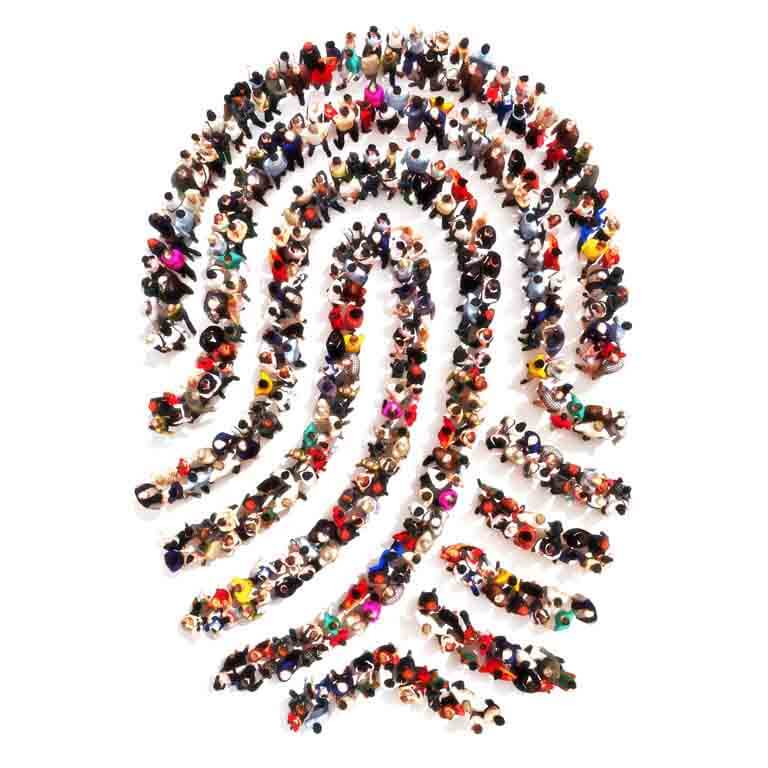How to Build a Strong Business Case for Diversity & Inclusion
The business case for diversity is not a secret. It is not even new information. Harvard Business Review has long been publishing data on this for over a decade. There is a clear ROI. I often share this data in my talks as the why for diversity, equity, and inclusion:
- Inclusive teams make better business decisions 87% of the time.
- Firms with more diverse management teams have 19% higher revenues according to Forbes.
- Gender and racial diversity lifts profitability rates 20-36% according to McKinsey.
Mostly senior executives, decision makers, and managers in Corporate America are still wrestling with this question…
Why does diversity and inclusion matter?
I have found the business case exhausting to continue to teach. It is easily available in countless studies and in a quick Google search. People of color, women, those in the LGBTQ+ community and with disabilities feel fatigued having to prove their worth and value to the organization over and over again.
The business case, layered with the human case for diversity and inclusion is much stronger. It promotes real, sustained change often in organizations.
The human case for diversity and inclusion
The human brain is wired to make decisions emotionally. We often justify these decisions rationally. That is why even though we want to hire and recruit diverse talent, we often disqualify their resumes as “not wanting to lower the standards” or assess them poorly interviews as “not a cultural fit.” These are emotional reasons that rarely are backed up with facts to support them. Bias is everywhere and we all have it.
The human case speaks to this. It is more compelling for people to buy into their own personal why for diversity and inclusion.
Why do YOU care about diversity and inclusion?
- Perhaps it is because “it is the right thing to do.” I would encourage you to dig deeper. Why?
- Maybe it is because “we want to better reflect our customer base.” Getting warmer…
- Or, it is because “for us to do our best we have to have all voices and perspectives included.” Much better.
In my work with leadership teams, this is the single most important activity we do together. Every leader thinks of their answer to this question and contributes their response. As a collection of responses, we highlight the very most important pieces, the essence of their why. This becomes their holistic statement or mantra around diversity, equity, and inclusion that everyone in the organization can easily speak to and say when asked.
Here are some examples of strong why statements for DEI:
- We stand for diversity, equity and inclusion because it is consistent with our values
- We grow stronger with different perspectives
- We want to better reflect our community
- We want to be a trusted, inclusive resource for our clients
- We serve to elevate diverse voices in the community
- We believe in diversity, equity, and inclusion to drive future business growth
For me, diversity and inclusion is personal. It is not something I can turn off and on. My friends and family remind of how annoying this is. It is who I am. It is important because the next generation of leaders cannot be having this same tired conversation. We have to do better for them. This is a systemic, complex problem that will not be solved swiftly. I am doing my part everyday to be a part of a solution and to help others learn.
That is my why. What is your why?
Curious to learn more?
Check out my latest interviews with diversity, equity, and inclusion experts on the Next Pivot Point podcast, take our free team diversity and inclusion assessment, and schedule time with Julie to talk live about ideas.

